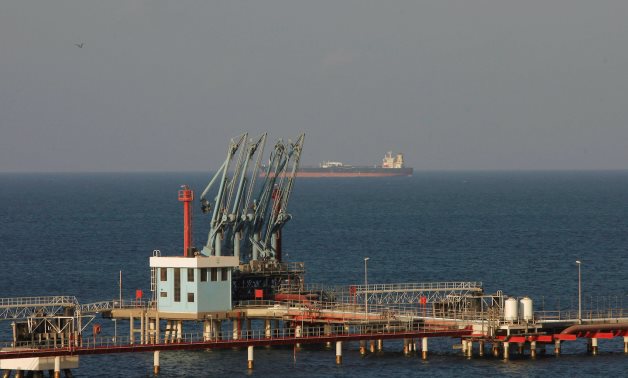
FILE PHOTO: A view of pipelines and a loading berth of the Marsa al Hariga oil port in the city of Tobruk, east of Tripoli, Libya, August 20, 2013. REUTERS/Ismail Zitouny/File Photo/File Photo
CAIRO - 5 February 2022: Egypt’s Purchasing Managers' Index (PMI), issued by the S&P Global Group, shrank to 45.5 points during January, compared to 47.2 points in December.
According to S&P Global data, the reading indicated a sharp deterioration in the health of the non-oil sector that was one of the quickest seen in the current 26-month sequence of decline.
“"Another marked depreciation of the Egyptian pound against the US dollar in January added to gloomy inflation forecasts at the beginning of 2023. The latest PMI survey data showed purchasing costs increasing at the sharpest rate in four-and-a-half years, as the pound's depreciation drove a further rise in import fees,” Senior Economist at S&P Global Market
Intelligence, David Owen, said.
Owen added that the surge in costs led to the largest rise in selling prices at non-oil firms since February 2017, suggesting that inflation could climb further from December's 21.3 percent and remain elevated throughout much of the year.
"Subsequently, the latest data signaled steep drops in both new orders and business activity in January,” he noted, stating that firms made further cuts to purchasing and employment as a result, with input buying again constrained by import controls and an ongoing shortage of US dollars.
He said that the dollar shortage added significantly to Egypt's economic challenges in 2022 and will likely remain a major problem this year. As such, business forecasts for the coming 12 months fell to their third-lowest on record, as firms predict supply and price-related issues to hamper demand further.

Comments
Leave a Comment